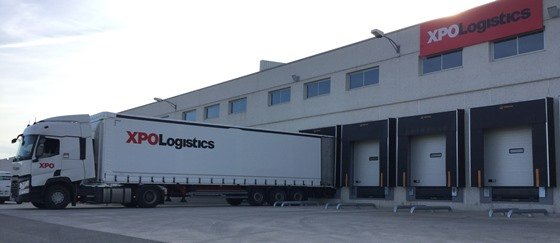
1. Weight
2. Density
3. Class of freight
4. Distance
5. Base rates
6. FAK
7. Minimums
8. Negotiated tariffs
9. Discounts
10. Accessorials
Less-than-truckload (LTL) shipping is generally one to six pallets ranging from 150 – 9,999 pounds. Usually an LTL shipment does not exceed 12 feet of linear space or 10,000 pounds total in the trailer though that varies depending on the carrier. For example, certain carriers will regard a shipment as LTL up to 20 feet of linear space and up to 15,000 pounds whereas others would consider that extra space a “volume” shipment, which has different pricing. Here’s a descriptive list on what is driving LTL freight rates.
Weight
LTL freight rates are organized so the more a shipment weighs, the less you pay per hundred pounds, which might seem counterintuitive to some. While the weight of an LTL load increases and approaches the lowest weight in the next heaviest weight group, it will be rated at the lowest weight category and rate in that weight group. Federal legislation requires carriers charging by the pound to use certified-for-trade scales. So, it is not wise to try to cheat the system.
Density
A shipment’s density is another main component determining LTL freight rates. Knowing how to calculate a shipment’s density so it can properly listed along their goods on the bill of lading is considered good industry practice. If your shipment is palletized, be sure to use the dimensions and weight of the pallet combined with the freight on top. Be sure to measure the longest sides including any dunnage, overhangs or protrusions. Once density is calculated, you can then figure out the class. Need help with the calculations?
Class of freight
Every piece of freight has a classification within the LTL world and classification is a big driving force to make up LTL freight rates. Classes are published in the National Motor Freight Classification (NMFC) book by National Motor Traffic Association. NMFTA has established 18 different classes ranging from 50 to 500. The class is determined by the density of the product, value, stow-ability, handling and liability. Lower classes represent very dense freight, difficult to damage and easy to move and handle. Lower classes have lower rates. Conversely, higher classes represent lighter / less dense freight that typically takes up more space and a greater chance to be damaged. The higher the freight class, the higher the freight rate.
Distance
Typically, the longer the haul, the higher the price per-hundred weight will be. Many LTL carriers only serve a specific geographic region so you must consider how many zip codes a carrier services directly. If a shipment is sent to a location outside a carrier’s normal service area, the trucking company will transfer the shipment to another LTL carrier for final delivery. This is called interlining, a practice that may result in higher costs due to lower discounts and higher minimum charges.
Base Rates
All LTL carriers establish their own base rates. These rates are quoted per 100 pounds, termed CWT, and will vary from carrier-to-carrier and from lane-to-lane. The CWT calculation is based on the freight classification. Carriers will modify their base rate depending on their need for additional volume and increase gross costs for lanes where they have a good balance between trucks and freight.
FAK
Freight of All Kinds (FAK): Freight of all kinds is an arrangement between the client and the carrier that enables multiple products with different classes to be shipped and billed at the same freight class. For example, if a client ships multiple commodities ranging from 50 to 100 they could negotiate an FAK with the motor carrier to rate all items at class 70. This can be a source of significant savings for clients by reducing the amount paid on higher class shipments as well as time spent fighting a re-class.
Minimums
The pricing within LTL freight rates increasing the fastest with LTL carriers is the absolute minimum charge (AMC). This minimum charge is the charge below which a carrier simply will not go. Carriers are constantly requesting a 2-3% increase on contract rates, but $5 increases in the minimum charge. If the minimum charge is $70.00, a $5 increase equates to a 7.1% increase. Carriers are doing this because the costs a carrier experiences for a minimum charge shipment far exceeds the costs they experience for heavier shipments
Negotiated tariffs
You can negotiate with several LTL carriers per your various lanes of shipping. You are not simply relegated to a base rate. If you have analyzed and better understand your freight data and activity per lane, you can come to the LTL carrier and work with them to get different tariffs for different lanes. This will allow you to make sure you are not leaving money on the table by balancing your more unattractive lanes with your attractive lanes giving you overall better LTL freight rates.
Discounts
For companies looking for relief from high shipping costs and market volatility, a professional, third party logistics (3PL) provider or even a large shipper can save an extra 18 to 25% off already heavily discounted LTL freight rates if they routinely make multiple shipments to multiple locations and work with numerous freight carriers.
Accessorials
Accessorial charges come from extra services performed by the carrier outside the typical dock-to-dock or business-to-business pick up and delivery. Common examples of these charges are residential pickup or delivery, use of a lift gate, limited access locations like prisons, churches, schools, or a notify prior to delivery, or inside delivery. At times, accessorial charges can be negotiated to a flat rate or even waived. A fuel surcharge is the most common accessorial as it’s typically factored in on every shipment.

